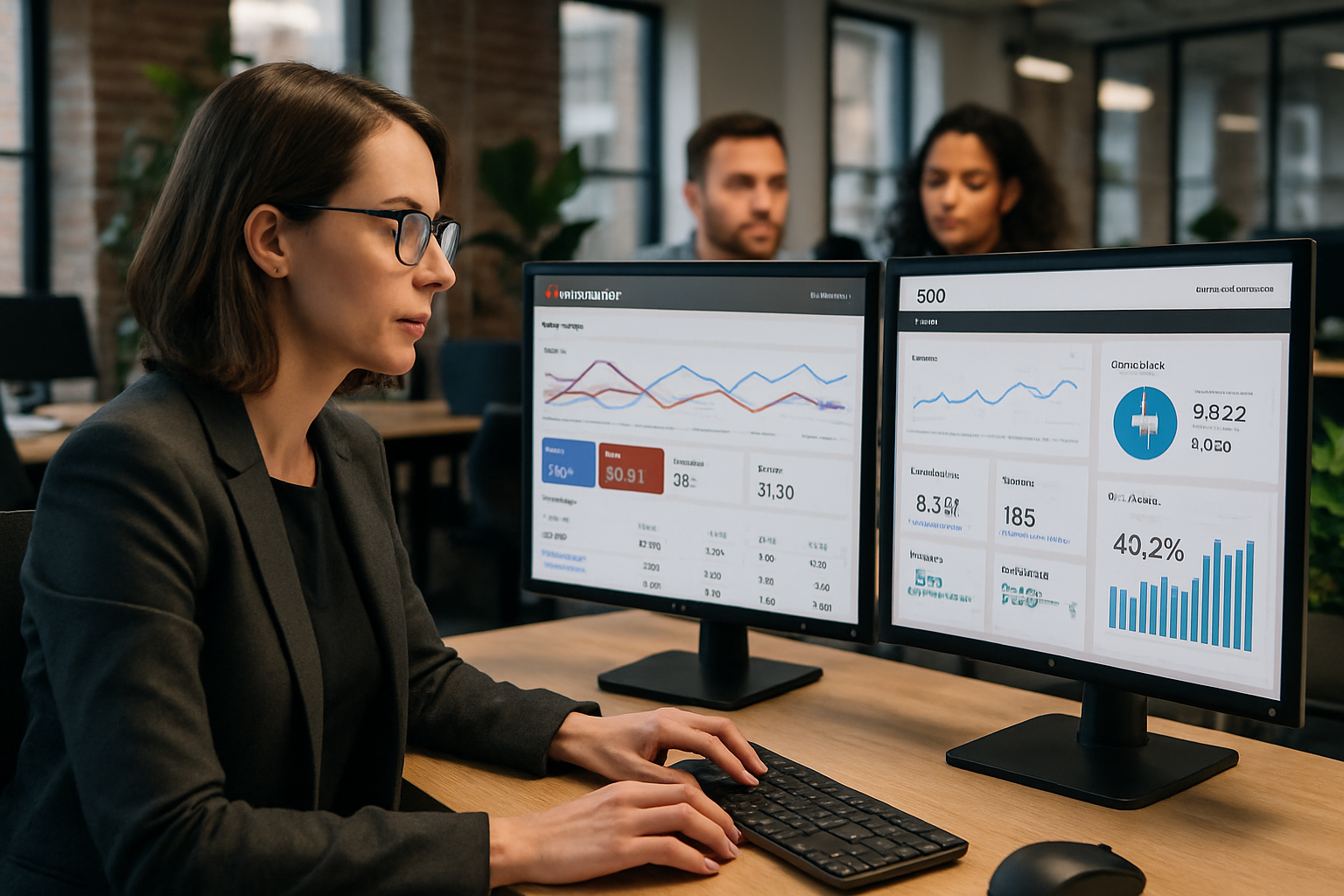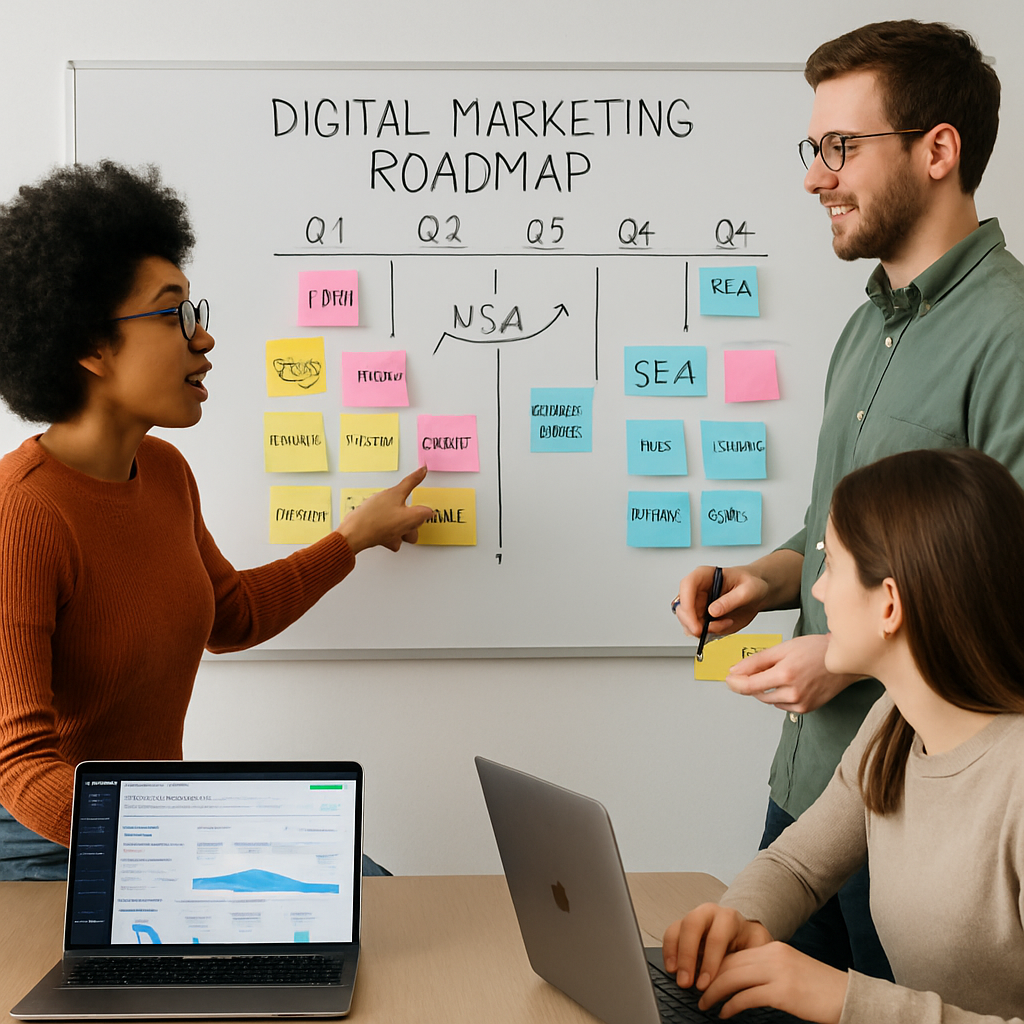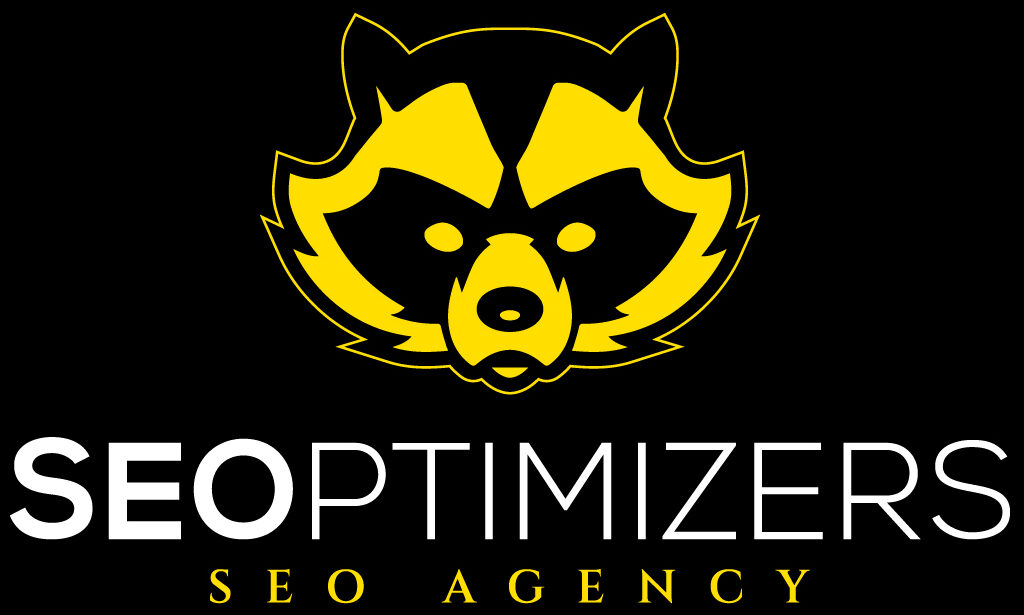Search behavior in 2025 is more nuanced than ever: users expect immediate answers, personalized recommendations and seamless paths from discovery to purchase. For entrepreneurs and marketing leaders, mastering both organic visibility and paid search is no longer optional — it’s essential. This article examines why blending SEO and SEA delivers stronger results than treating them as separate silos. You’ll find practical frameworks, a hands-on roadmap for startups, and tool-specific tactics that leverage platforms like Google Ads, Facebook Ads and Bing Ads alongside content best practices powered by tools such as Ahrefs, SEMrush and Yoast. Case examples and workflows show how to convert short-term paid wins into long-term organic gains, while preserving budget and improving measurement. Read on for step-by-step checklists, a comparative table of outcomes, and operational playbooks you can adapt now.
SEO vs SEA in 2025: clear definitions and strategic roles for growth
To plan effectively, entrepreneurs must distinguish the tactical roles of SEO and SEA. At their core, SEO is a long-term investment in discovery: content, technical excellence and authority signals that earn organic placements. SEA is the paid counterpart — rapid visibility achieved through auctions and ads on platforms like Google Ads, Facebook Ads and Bing Ads. By 2025, search engines incorporate more personalized signals and AI-driven features, so each channel influences the other more than before.
Consider an early-stage brand, LumenWear, launching a smart fitness sleeve. LumenWear needs immediate traffic for a product launch and sustained organic discoverability for sustained revenue. Here the strategic split appears:
- SEA secures launch traffic and rapid validation of ad messaging.
- SEO builds content hubs that capture interest over time and reduces CAC.
- Mixing both increases overall share of SERP real estate and trust signals.
Empirical reasons to combine them are clear. Paid search expedites data collection: which search intents convert, which queries generate trial signups, and which ad copy drives CTR. Those insights feed organic content prioritization. Conversely, strong organic visibility reduces cost-per-click pressure because branded organic listings tend to improve ad Quality Scores in Google Ads, which can lower CPCs.
Practical differences entrepreneurs should track
Below is a concise breakdown entrepreneurs use to allocate effort and budget. Each line is actionable and ties to tools you probably already use.
- Time-to-impact: SEA delivers within hours/days; SEO takes weeks to months. Track early conversion signals in SEA and map them to SEO content priorities.
- Cost behavior: SEA is direct spend; SEO is labor and content investment. Use SEMrush and Ahrefs to estimate traffic value before heavy content creation.
- Trust and CTR: Organic snippets build credibility. Yoast and clean technical SEO increase odds of featured snippets and organic CTR gains.
- Audience targeting: SEA allows granular demographic and remarketing targeting, while SEO targets intent-driven queries at scale.
| Dimension | SEO | SEA |
|---|---|---|
| Speed | Weeks to months | Minutes to days |
| Cost Type | Labor & tools (Ahrefs, Moz) | Media spend (Google Ads, Bing Ads) |
| Best Use | Authority, evergreen traffic | Promotions, product launches |
| Measurement | Search rankings, organic conversions | CTR, CPC, ROAS |
Operational takeaway: treat SEO as the structural backbone of your site’s discoverability and SEA as the accelerant for tactical goals. The next section describes how to craft a roadmap that leverages both effectively. This sets the stage for a practical, step-by-step implementation that follows.

Designing a combined SEO and SEA roadmap for startups and SMEs
Creating a roadmap requires clarity on objectives, metrics and an integrated timeline. Startups often confuse tactics with strategy: they run ads without a content plan or create content without testing demand. The roadmap below corrects that by sequencing experiments and scaling successful tactics.
Step 1: define measurable objectives. For LumenWear the goals were straightforward: 1) 1,000 product page visits in first month, 2) 3% conversion rate to trials, and 3) email capture for lifecycle nurturing. Goals dictate channel weight: initial months favor SEA for volume, while parallel SEO work targets high-intent informational queries.
- Objective setting: tie to revenue (e.g., target LTV and CAC).
- Time horizon: 0–3 months (launch), 3–9 months (growth), 9–18 months (scale).
- Primary KPIs: CTR, CPC, Quality Score (for Google Ads), organic traffic, conversion rate, and Customer Acquisition Cost.
Step 2: keyword and intent mapping. Use SEMrush and Ahrefs to generate candidate keywords and estimate CPCs. Run sample SEA campaigns against 10–20 high-intent queries to validate conversion potential. For keywords with proven conversion in SEA, prioritize SEO content that supports a purchase journey: comparison pages, how-to guides and buyer’s interviews.
Step 3: content and ad copy pipeline. Structure the pipeline to reuse assets. Ad headlines that resonate in Google Ads and Facebook Ads become inspiration for H1s and meta descriptions when appropriate. Use Yoast to enforce on-page optimization during content publishing. Coordinate publish schedules: when a high-converting ad term emerges, publish an SEO page optimized for that intent within 2–4 weeks.
- Repurpose high-performing ad creative into blog titles, product page A/B tests and email subject lines using Mailchimp or HubSpot.
- Use social promotion (via Hootsuite) to amplify new organic pages immediately after publication.
- Track correlations between paid click data and organic rank improvements to justify SEO investment.
Step 4: measurement and iterative budget allocation. Adopt an attribution model that reflects your sales cycle. For short e-commerce funnels, last-click plus assisted conversions works. For longer B2B cycles, give weighted credit to early-touch ad-driven awareness. Use UTM tagging consistently and centralize analytics in a single dashboard so teams can see the overlap of paid and organic channels.
LumenWear implemented this roadmap and observed a predictable pattern: ad-driven conversions supported immediate revenue while organic pages, optimized for the best-performing paid queries, reduced CPC by 18% after three months due to improved Quality Scores and branded search lift.
- Checklist for first 90 days: keyword pilot, ad creative testing, 5 SEO cornerstone pages, analytics setup, and a weekly review ritual.
- Tools to standardize: SEMrush for keyword discovery, Ahrefs for backlink analysis, Moz or Yoast for on-page scoring, HubSpot for CRM and landing pages.
Adaptive insight: design the roadmap to pivot weekly in the first two months. Use SEA signals to prioritize the top 20% of SEO content that will generate 80% of long-term impact. This dynamic allocation avoids wasted content investment and accelerates ROI.

Data-driven keyword strategy: using paid search insights to fuel organic growth
Keyword research has evolved: it’s no longer about search volume alone. In 2025, intent segmentation, conversion propensity and cross-channel performance determine priority. A robust process transforms paid search experiments into an SEO action list that captures long-term traffic at lower CAC.
Start with a paid search pilot: run a controlled Google Ads and Bing Ads campaign with a modest budget to test conversion rates across a set of candidate keywords. Track micro-conversions such as add-to-cart, demo requests, or email captures. Pay attention to long-tail queries that show high conversion probability even at lower volume — these become prime SEO targets.
- Run ad pilots to validate conversion intent before creating long-form content.
- Use metrics: conversion rate, CPA, CTR, and time-to-conversion to score keywords.
- Prioritize keywords that offer a combination of convertibility and attainable organic ranking difficulty.
Tools matter. Use Ahrefs and SEMrush for organic difficulty and backlink gap analysis, and complement with platform-level metrics from Google Ads and Facebook Ads reports for audience insights. Tie ad queries to content topics using topic clustering: one pillar page can target 3–10 related ad-validated keywords.
Here’s a simple example process LumenWear used:
- Collect 100 candidate keywords with Ahrefs; filter by intent and CPC data from Google Ads.
- Run ads on 20 shortlisted keywords for 30 days.
- Score keywords by conversion rate and CPA.
- Publish 5 SEO pages targeting the top 10 ad-validated keywords, using internal linking to a product page.
This approach reduces the guesswork of SEO and aligns content with market-proven demand. Keep the following checklist for each keyword:
- Search intent classification (informational, transactional, navigational)
- Paid conversion rate and CPA
- Organic difficulty and backlink requirements
- Recommended content format (blog, comparison, FAQ, how-to)
To help teams compare priority keywords quickly, use a compact tool that summarizes CPC, volume, difficulty and suggested action. The comparison table below automates that mental model for easy prioritization.
SEA vs SEO Comparator — Interactive Table & Strategy Mixer (ready for 2025)
| Keyword | CPC (USD) | Volume | Organic Difficulty | Conversion Rate (paid) | Suggested Action | Simulated Monthly Conversions |
|---|

